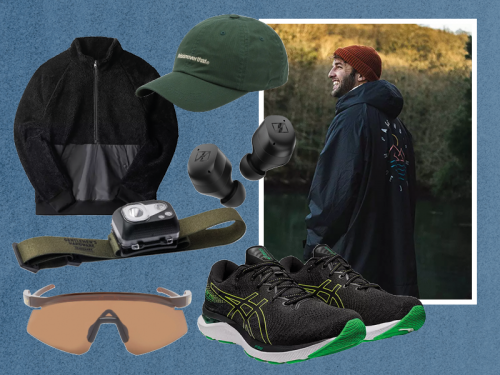The SEA LIFE Sanctuary on Protecting Seals in Scarborough
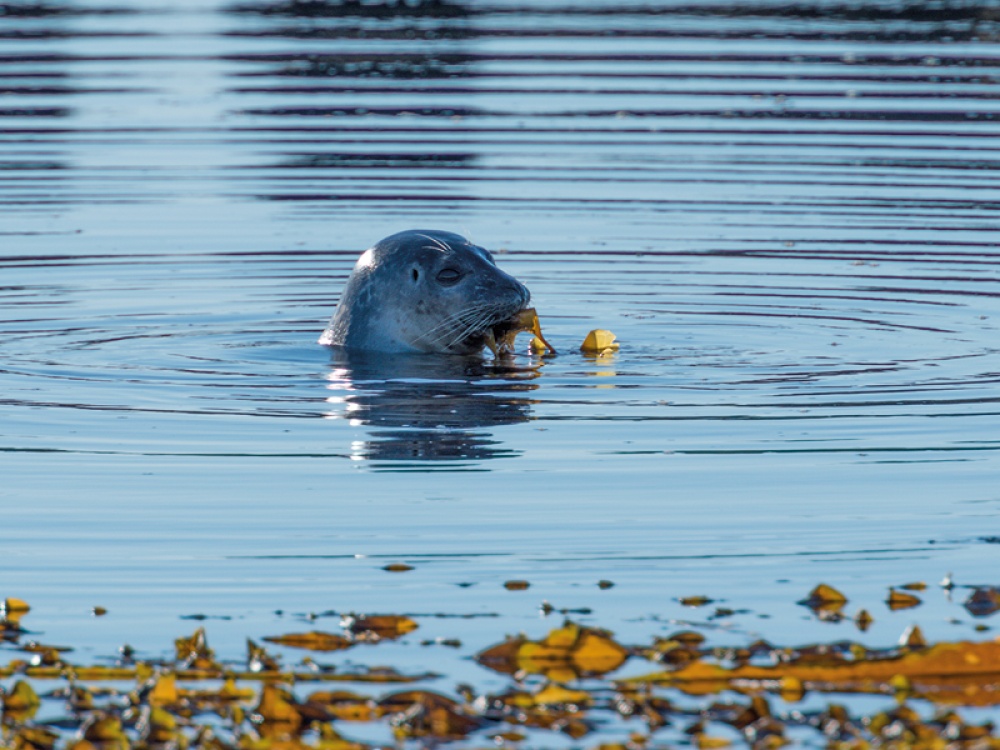
The Seal Sanctuary at SEA LIFE Scarborough has helped to rescue and rehabilitate more than 600 seals over the last decade. Here we find out how and why they dedicate their time to protecting these popular marine mammals
Despite spending a large amount of time out at sea feeding, seals regularly ‘haul out’ on land to digest their food and rest. In fact they spend at least eight to 10 hours out of the water every day and this means it isn’t uncommon to see seals beached on the shore too. The natural behaviour of seals on land should be scratching, yawning and sleeping, and if you see a seal doing these things the best thing to do is just leave it be. But if you believe the seal may be in distress, it’s important to keep your distance and get in touch with someone who can help.
‘The best thing anybody along the Yorkshire coast can do if they find a seal they believe needs help is to keep their distance and call us, the RSPCA or the British Divers Marine Life Rescue,’ says Todd German, curator at SEA LIFE Scarborough. ‘We all work in conjunction with each other to ensure that our local seals are cared for in the correct way.
‘We are proud of our seal rescue and rehabilitation work here at SEA LIFE Scarborough. The Seal Sanctuary opened in the late ‘90s when the seal population was in decline due to a severe outbreak of distemper [virus]. More recently, the sanctuary is proud to be supporting the overall local seal population.’
Read More: Scarborough Surfing Coach on His Water Therapy Sessions and Love For the Waves
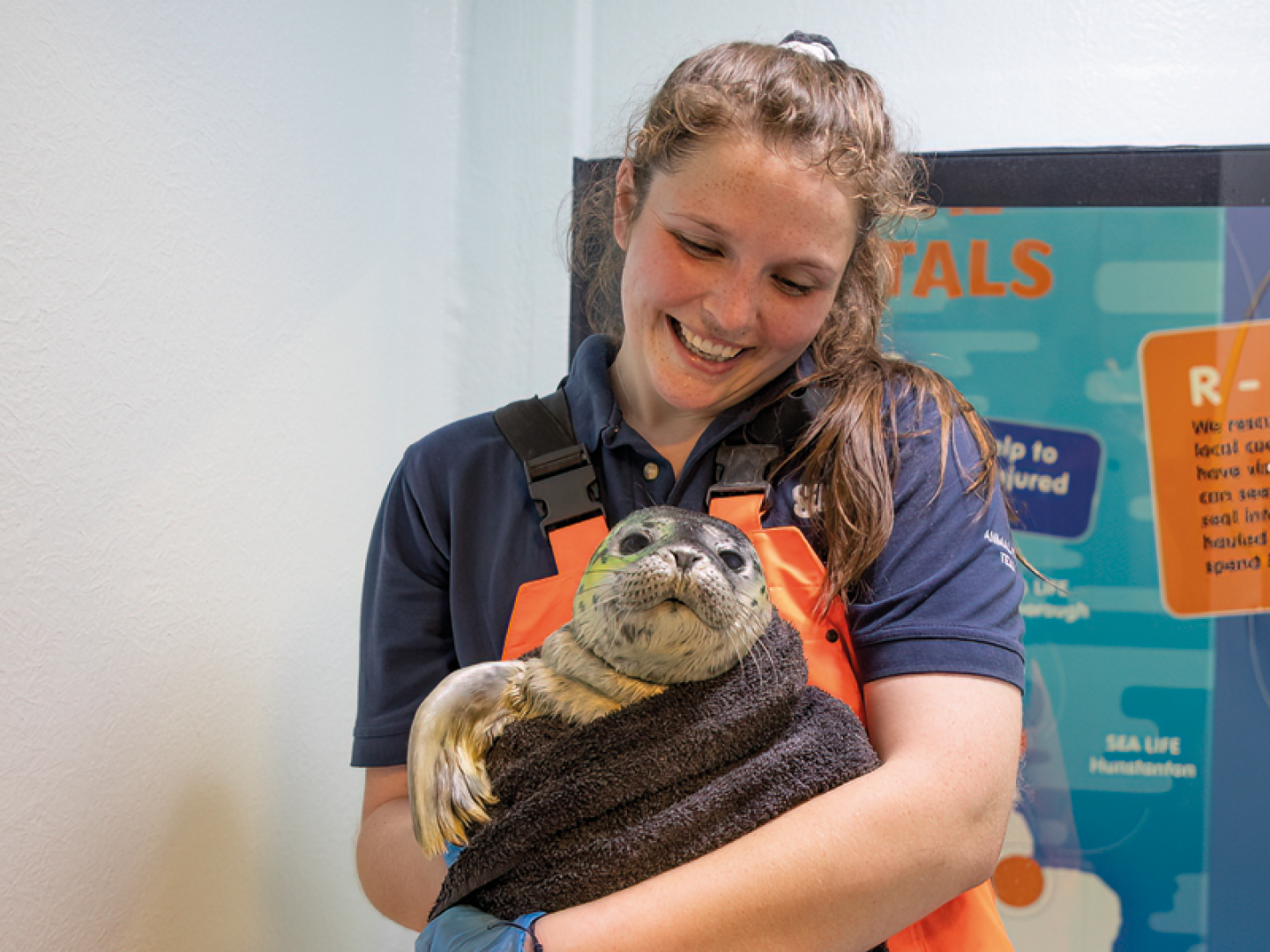
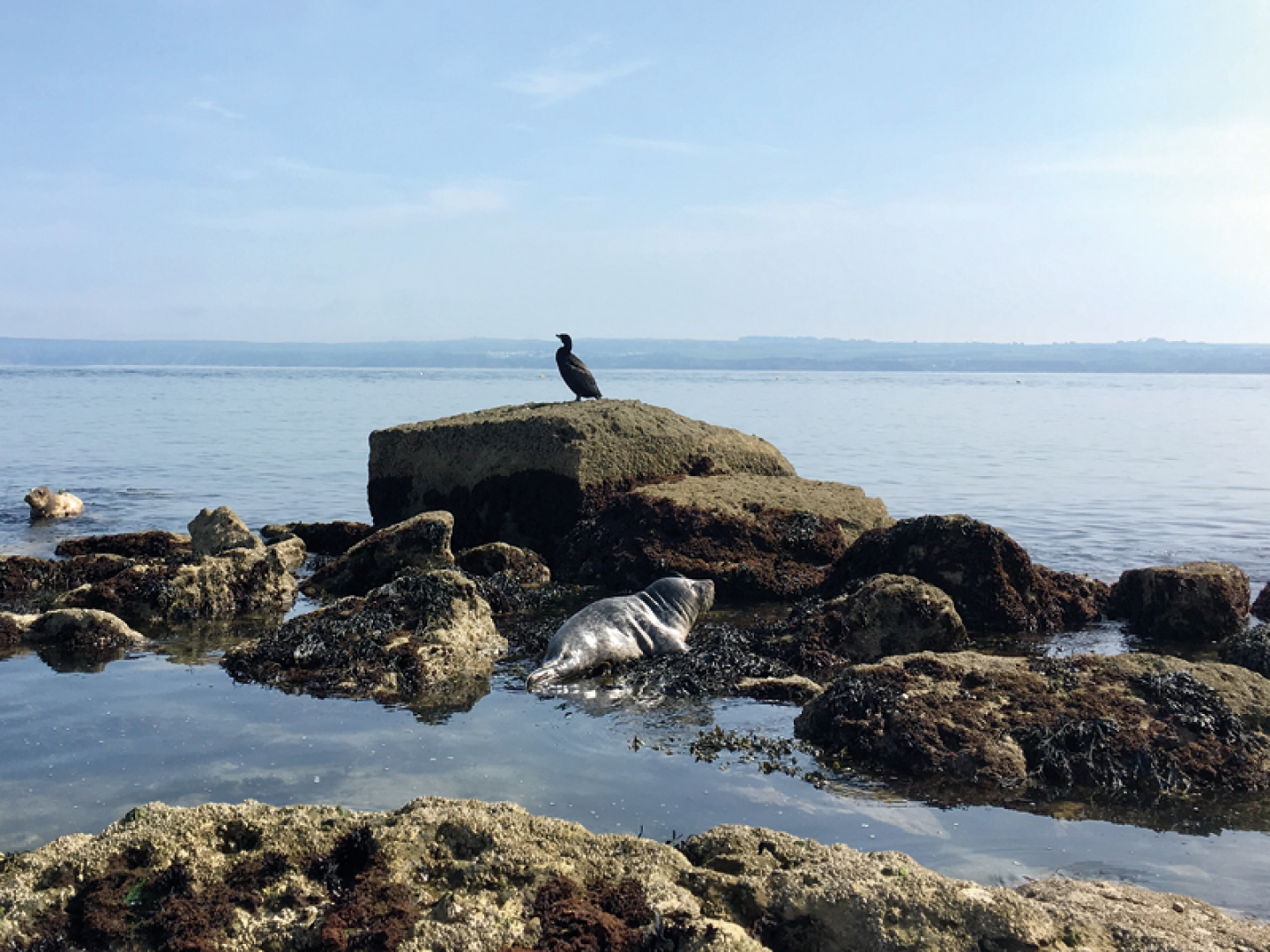
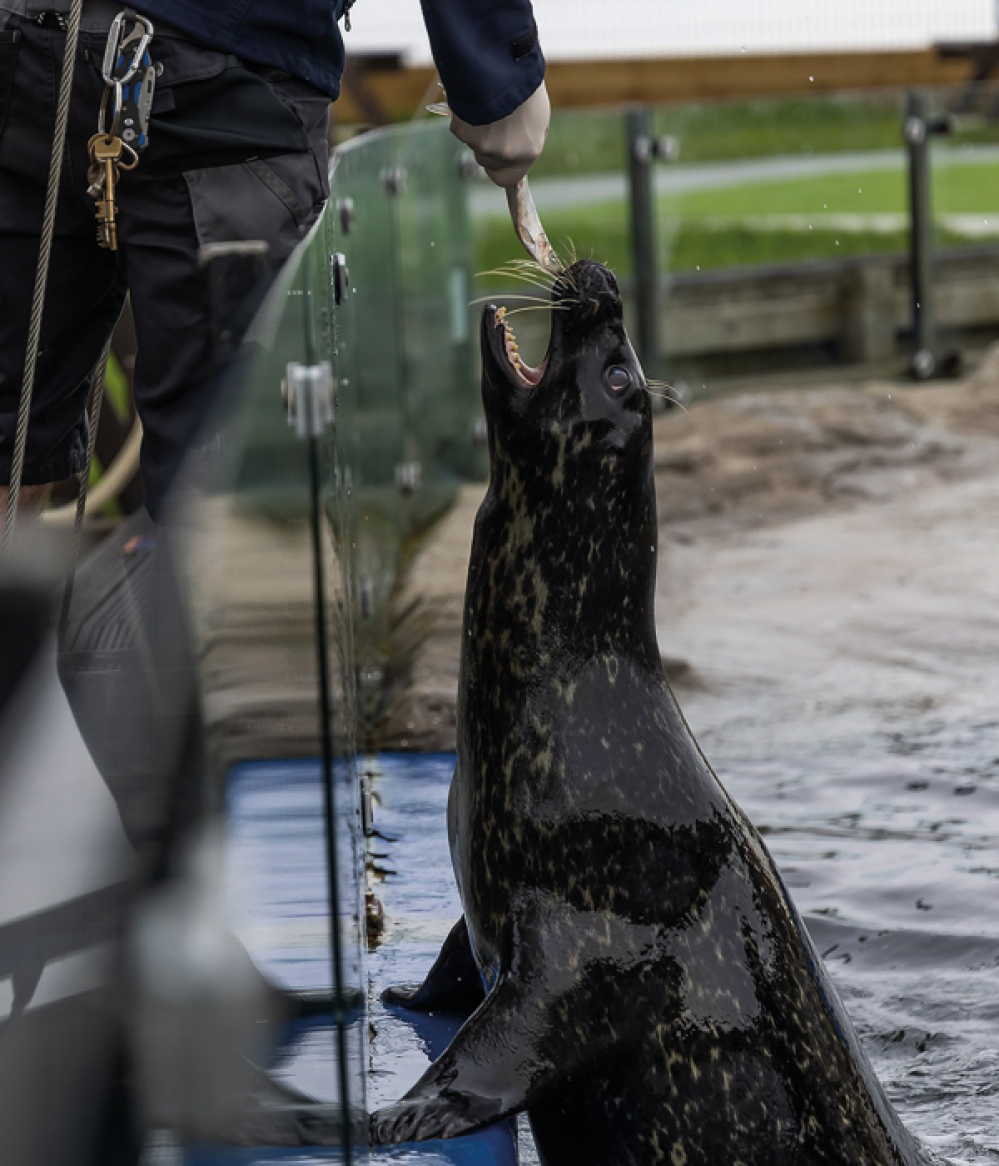
While seal populations are now thriving, SEA LIFE feel they have a responsibility to care for the coastline and the animals that call it home. The seal rescue teams at both SEA LIFE Scarborough and SEA LIFE Hunstanton have rescued and rehabilitated 636 seals over the past decade, proving their work is still essential.
Seals can require rescuing for several reasons, whether it’s pups getting separated from their mum, injury, or an outbreak of disease. It is at this point the team at SEA LIFE Scarborough steps in. ‘We often receive calls from the public regarding seal pups and while sometimes they are simply resting on the shoreline, there are often times when our team are required to step in to rescue the seal pup and bring it back to the centre to be rehabilitated,’ Todd explains.
‘Seal pups can need rescuing for a variety of reasons; from abandonment to injuries that have been sustained in the water, and there are those that have been caught up in plastic netting or affected by litter and waste in the water. Sadly we are seeing an increased number of seal pups being admitted to the seal hospital due to the latter, but on average Scarborough rescues and rehabilitates around 20 seals every year.’
‘It was a very rewarding feeling to think we had contributed to her being able to live a fulfilled life’
The rehabilitation process can take anywhere from six weeks to four or five months depending on the reason the pup was admitted and how they respond to treatment. It’s usually around the three-month mark before they are fit for release, meaning an estimated 500 hours on average has been spent caring for each individual seal.
Read More: Five Brilliant Beachside Breakaways
‘Injured seals are placed in the Seal Hospital pens and treated with antibiotics and medication, but the seal rehabilitation process will differ depending on why the seal has been admitted,’ explains Todd. ‘When they first arrive some seal pups require around-the-clock care to give them the best chance of survival. Our animal care team will visit the pup throughout the night to monitor them and provide them with the medication needed.
‘Lots of time is spent on general husbandry which includes feeding, dispensing medication, weighing and monitoring the pups whilst veterinary time is also factored in. One of the less glamorous uses of time is the mucking down of the pens – but everyone likes a clean bed! Once a seal is free from infection and a healthy weight, we then introduce them to a rehabilitation pool where they can get used to being back in the water. After this, they are introduced into our main pool to learn how to fight for fish again against our resident seals.
‘When the animal care team are satisfied a seal can survive in the wild time is spent planning the release of the seal back into the wild before it can finally be released back into a seal colony.’
All this hard work comes at a price however, and the estimated cost for rescuing seals, including working hours, medication, veterinary care, food and giving the seal a safe space for rehab, works out at between £5,000 and £8,000 per seal. This is where the public can really help play their part by visiting SEA LIFE Scarborough, donating to the centre or just spreading awareness.
Read More: Discover Sunderland's Iconic Roker Lighthouse and How You Can Take a Tour
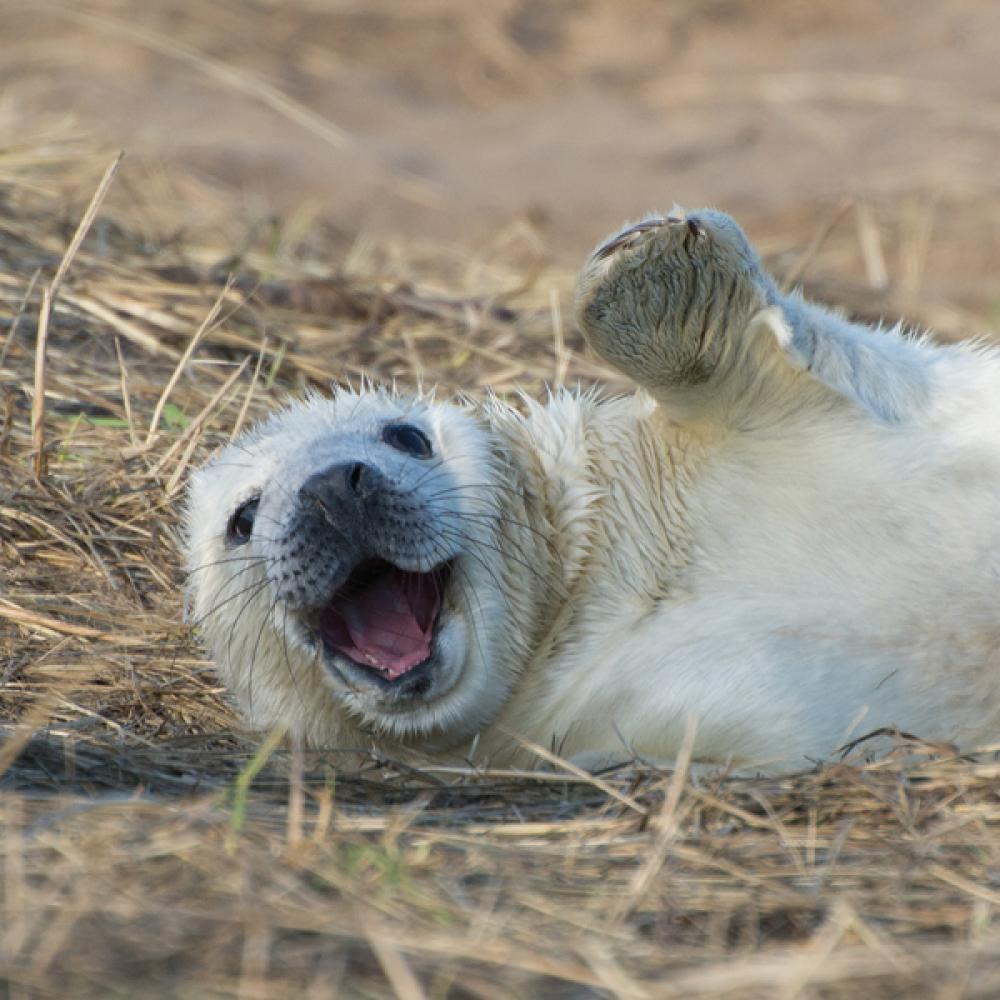
‘The money for our rescue and rehabilitation programme comes though the revenue which is generated through our admissions so anyone visiting us is helping. Also, while there is very little people can do to physically help, the best way they can support the programme is through raising awareness. We are starting to see many cases of seal disturbance, where people are getting too close, and this can cause abandonment of pups as well as seal stampedes which can result in seals getting injured. We ask that people behave responsibly around seals and seal colonies and only view them from a distance'.
One of the best ways to understand the importance of the Seal Sanctuary’s work is by hearing their success stories such as the rescue of Lady, back in April 2019, who was discovered on a beach in Scarborough, significantly too small for her age and very skinny. After blood testing, it became clear Lady was fighting an infection, as well as suffering from several wounds that the team suspected were from a dog attack.
Despite her poor health, thanks to the aid of the animal care team, Lady was eventually released in June 2019. In December 2022, she was spotted in the Farne Islands, fit and healthy having successfully integrated back into the wild.
Another example of the incredible work carried out by the team in Scarborough is Cassie’s story. ‘One of the rescues we are most proud of is the rescue and rehabilitation of a grey seal called Cassie,’ says Todd. ‘Cassie was rescued from a local bay as she had various medical reasons including lacerations across her body alongside a heavy parasite burden.
‘She underwent an extensive rehabilitation process which took around four months before she was released on the Lincolnshire coastline where there is a huge population of grey seals. A few years later Cassie was spotted off the Yorkshire coast using the tag which she still had on her and was seen with a pup of her own. It was a very rewarding feeling to think we had contributed to her being able to live a fulfilled life.’
If helping make stories like these a reality sounds like something you want to be part of you can get involved with SEA LIFE’s conservation work in a number of ways. For further information and to book tickets to SEA LIFE Scarborough head to visitsealife.com.
• There are 35 different seal species worldwide and the rarest is the Mediterranean Monk seal, with fewer than 500 left in the world.
• Seals can hold their breath underwater for up to 30 minutes!
• Oil from seal blubber was once used for making soap and paints but thankfully, legislation came in to make seal hunting illegal in the UK.
• Unlike humans, seals sleep in short bursts and can take their naps both on land and in the water. In the water they sleep in a position known as bottling where they float entirely underwater except for their snout.
• The largest seal species is the Southern Elephant seal, which can reach up to four metres in length and weigh up to two tonnes – that’s about as heavy as a large car.
• On the other end of the spectrum you have the Galapagos Fur seal, that is just one metre in length and only weighs 30 kilograms.







